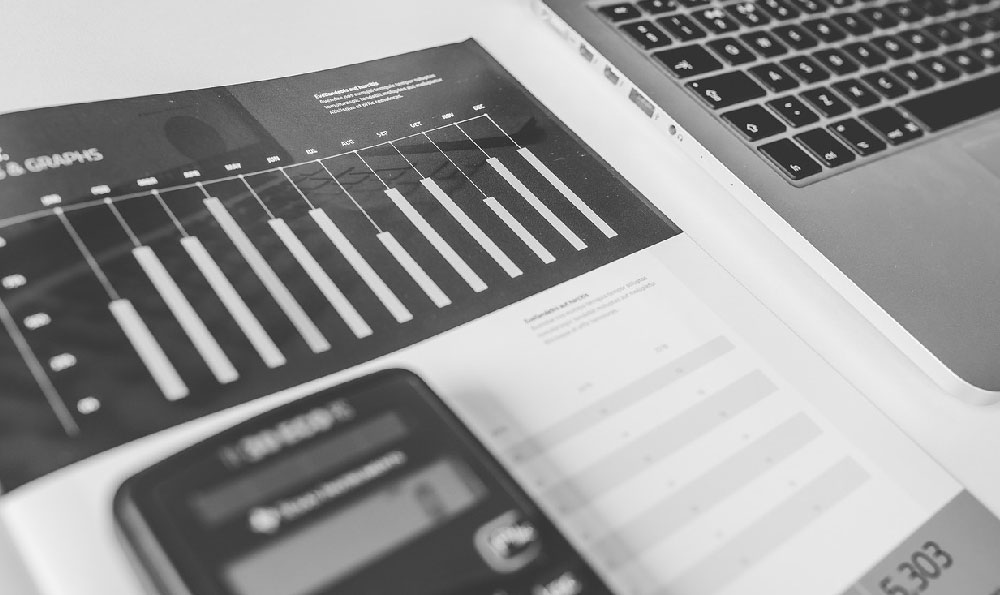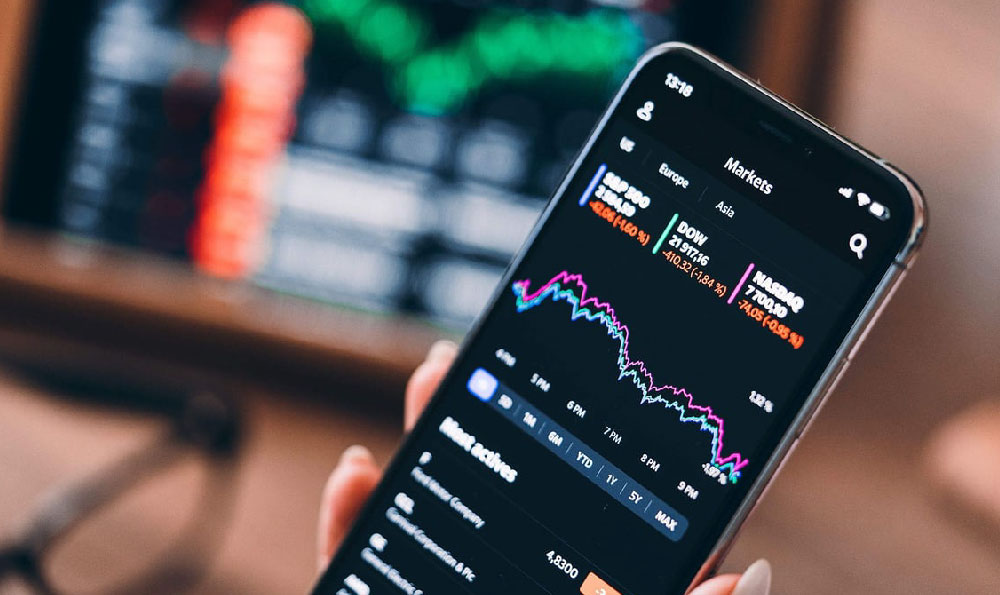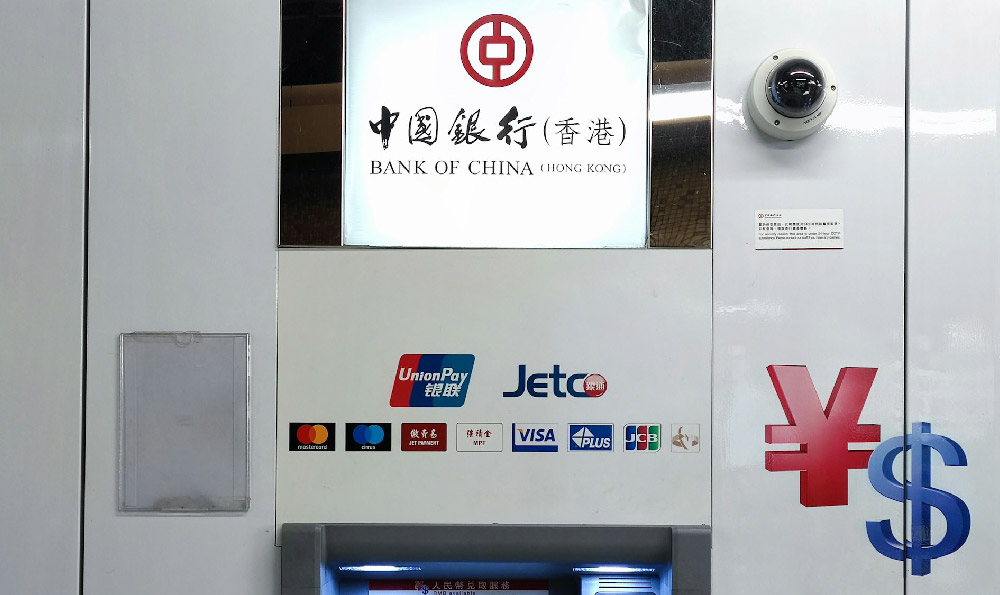When to Monetize YouTube? How to Start Earning?
Okay, let's delve into the crucial question of when and how to monetize your YouTube channel. It's a goal for many creators, but approaching it strategically is key to sustainable success.
The journey to monetization isn't just about hitting the subscriber count or watch hour threshold. It's about building a solid foundation of content, audience engagement, and understanding YouTube's policies. Rushing into monetization can actually be detrimental if you haven't addressed the underlying requirements.
Firstly, let's clarify the baseline eligibility for the YouTube Partner Program (YPP). Currently, you need at least 1,000 subscribers and 4,000 valid public watch hours in the preceding 12 months. These are the minimum thresholds to even apply. However, simply meeting these criteria doesn't guarantee acceptance. YouTube also scrutinizes your content, channel theme, and overall compliance with their policies.

Therefore, a more holistic approach is needed. Don't fixate solely on the numbers. Instead, prioritize the following:
Content Quality and Consistency: The cornerstone of any successful YouTube channel is high-quality, engaging content. This doesn't necessarily mean expensive production values; it means content that provides value to your target audience. Whether it's educational, entertaining, or a combination of both, focus on crafting videos that people genuinely want to watch and share. Consistency is equally important. Establish a regular upload schedule that your audience can rely on. This helps build anticipation and keeps them coming back for more. A sporadic upload pattern can lead to lost subscribers and decreased watch time. Aim for a sustainable schedule that fits your capabilities without sacrificing quality.
Audience Engagement: Monetization is a two-way street. It requires a vibrant and engaged audience. Foster a community around your channel by actively responding to comments, asking questions, and soliciting feedback. Run polls, create Q&A videos, and generally make your viewers feel like they are part of something. A strong community translates to higher watch times, more shares, and ultimately, better monetization opportunities. Don't be afraid to experiment with different types of content and formats to see what resonates most with your audience. Track your analytics closely to understand what's working and what's not.
Understanding YouTube's Policies: This is absolutely critical. Familiarize yourself with YouTube's monetization policies, community guidelines, and copyright rules. Violating these policies can lead to demonetization, channel strikes, or even termination of your account. Pay particular attention to issues like copyright infringement, hate speech, and inappropriate content. Ensure that all of your videos comply with these guidelines before you even think about applying for the YPP. Avoid using copyrighted music, images, or video clips without proper permission. Be mindful of the language you use and the topics you cover. If you're unsure about something, err on the side of caution.
Beyond Ad Revenue: While ad revenue is the most common form of monetization, it's not the only option. Explore other avenues like:
-
Channel Memberships: Offer exclusive perks and benefits to viewers who become paying members of your channel. This can include early access to videos, exclusive live streams, custom badges, and more.
-
Super Chat & Super Stickers: During live streams, viewers can pay to have their messages highlighted in the chat window. This is a great way to generate revenue and engage with your most dedicated fans.
-
Merchandise Shelf: Sell branded merchandise like t-shirts, mugs, and other products directly from your YouTube channel.
-
Affiliate Marketing: Partner with brands and promote their products in your videos. You earn a commission on every sale generated through your affiliate links.
-
Sponsorships: Collaborate with brands on sponsored videos, where you promote their products or services in exchange for payment.
These alternative monetization methods can often be more lucrative than ad revenue, especially for niche channels with a highly engaged audience. Diversifying your income streams is crucial for long-term sustainability.
When to Officially Apply: While 1,000 subscribers and 4,000 watch hours are the official benchmarks, a slightly higher margin can be beneficial. Consider waiting until you have, say, 1,200 subscribers and 4,500 watch hours. This provides a buffer and increases your chances of acceptance. More importantly, ensure that your channel is in good standing with YouTube. No copyright strikes, no community guideline violations, and a consistent track record of uploading high-quality content.
The Application Process: Once you meet the eligibility requirements and feel confident in your channel's compliance, you can apply for the YPP through your YouTube Studio dashboard. The process involves linking your channel to an AdSense account, reviewing and accepting the YPP terms, and waiting for YouTube to review your channel. This review process can take several weeks, so be patient.
Earning After Acceptance: Once accepted into the YPP, the real work begins. Consistently create engaging content, analyze your analytics to understand what's working, and continue to build your audience. Experiment with different monetization strategies to maximize your revenue potential. Remember that ad revenue can fluctuate depending on factors like seasonality, audience demographics, and ad rates.
Avoiding Common Pitfalls:
- Buying Subscribers or Watch Hours: This is a surefire way to get your channel demonetized or terminated. YouTube has sophisticated algorithms that can detect fake engagement.
- Clickbait: Using misleading titles or thumbnails to trick viewers into clicking on your videos may generate short-term views, but it will ultimately damage your reputation and hurt your long-term growth.
- Ignoring Analytics: Your analytics are your best friend. Use them to understand what's working, what's not, and how to improve your content.
- Giving Up Too Soon: Building a successful YouTube channel takes time and effort. Don't get discouraged if you don't see results immediately. Stay consistent, keep learning, and never stop improving.
In conclusion, monetizing your YouTube channel is a marathon, not a sprint. Focus on creating high-quality content, building a strong community, understanding YouTube's policies, and diversifying your income streams. By taking a strategic and patient approach, you can increase your chances of achieving long-term success and financial sustainability on YouTube.














